









| Black Redstart (Phoenicurus ochruros (Gmelin, 1774)) |










|
|
Scientific name: Phoenicurus ochruros (Gmelin, 1774) Common name: Black Redstart French name: Rougequeue noir, Rossignol des murailles Order: Passeriformes Family: Muscicapidae Size: Body size : 14 cm; Wingspan : 23 to 26 cm; Weight : 14 to 20 g Habitat: Mountains, rocky hills, quarries, cliffs. It has adapted to life in towns and villages. Food: Insects (caught in flight or on the ground), larvae and small crustaceans. It may also feed on fruits and berries in autumn. Nesting: The female builds a basic nest from leaves and dry grass. It is located in a hole, a cavity or a crevice. There are usually 2 broods per year of 4 to 6 eggs. Young birds leave the nest before being able to fly, they first hide on the ground. Migration: Populations living in the southern part of its range are sedentary. Northern birds migrate to North Africa, West Africa or Middle East in winter. Geographic area: Europe south of the Polar Circle, Asia, missing in the South-East and in Japan. |
The male is greyish black with a grey cap. The chest and the front of the head are the deeper black areas. The tail is orange and the rump is russet. The legs and the sharp beak are black. Females and juveniles are a duller brown-grey ashy colour. |
| [To know more about the Black Redstart] [Next picture] [Top] |

|
It was rather easy for me to approach the Black Redstarts. These are not very shy birds. |
| [To know more about the Black Redstart] [Next picture] [Previous picture] [Top] |
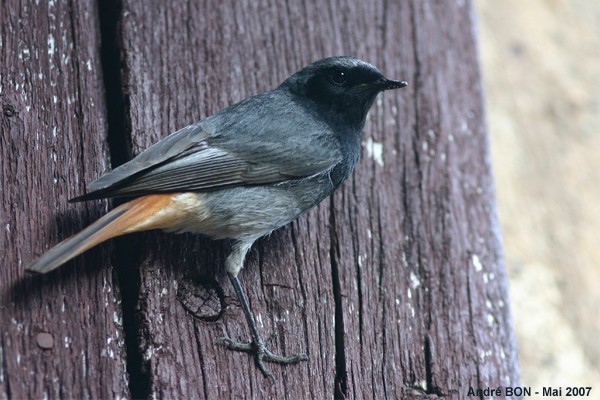
|
The Black Redstarts have settled their nest inside an old barn. Even a vertical old door can be used as perching location. |
| [To know more about the Black Redstart] [Next picture] [Previous picture] [Top] |
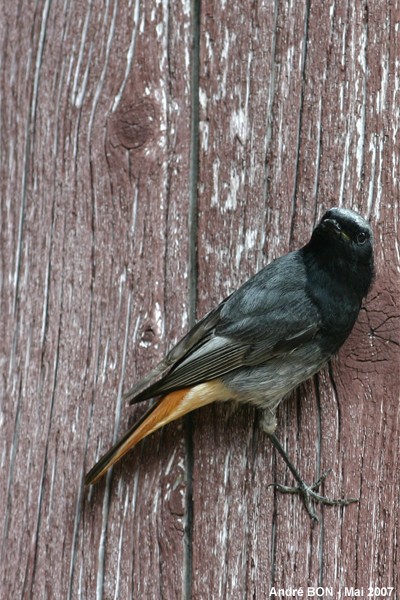
|
Same picture as above but with a vertical composition. I could have shot the same picture every two minutes. |
| [To know more about the Black Redstart] [Next picture] [Previous picture] [Top] |
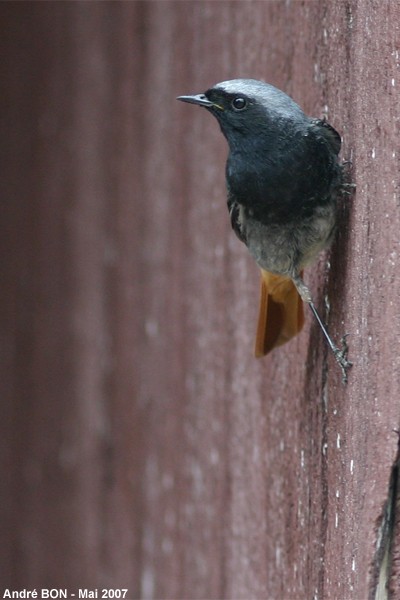
|
Same picture as above but with a side view. |
| [To know more about the Black Redstart] [Next picture] [Previous picture] [Top] |
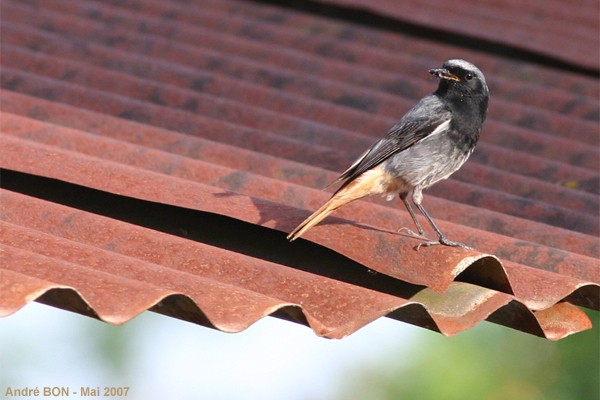
|
Comings and goings to feed the chicks ease observation. Of course you must not stay close to the nest very long, not to disturb. |
| [To know more about the Black Redstart] [Next picture] [Previous picture] [Top] |
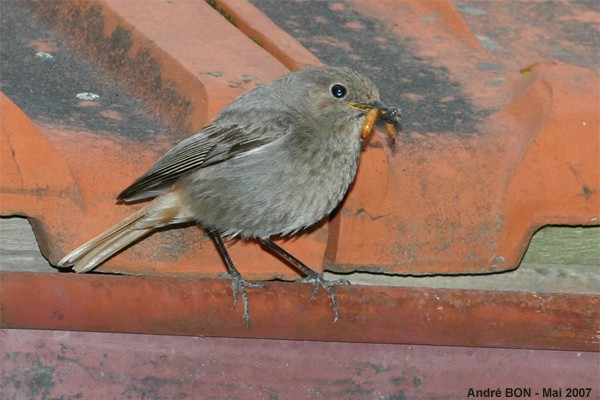
|
The female has always been shyer than the male. She waited for me to walk away before flying to the nest. |
| [To know more about the Black Redstart] [Next picture] [Previous picture] [Top] |
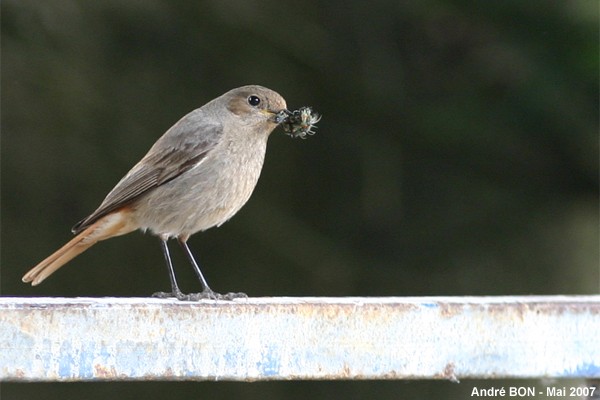
|
It takes just two or three minutes to come back with a beak full of larvae or insects. |
| [To know more about the Black Redstart] [Next picture] [Previous picture] [Top] |
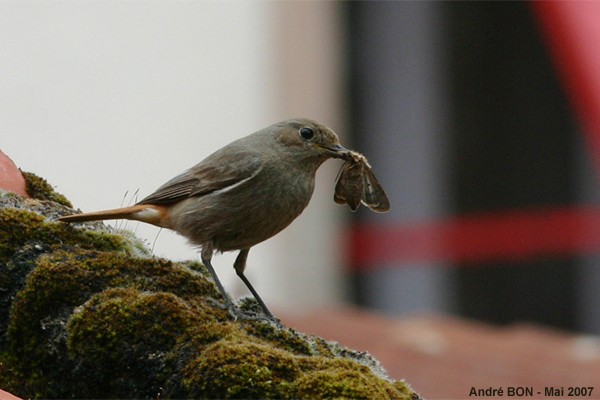
|
Here is a moth, which is unfortunately showed in the page dedicated to birds. |
| [To know more about the Black Redstart] [Next picture] [Previous picture] [Top] |
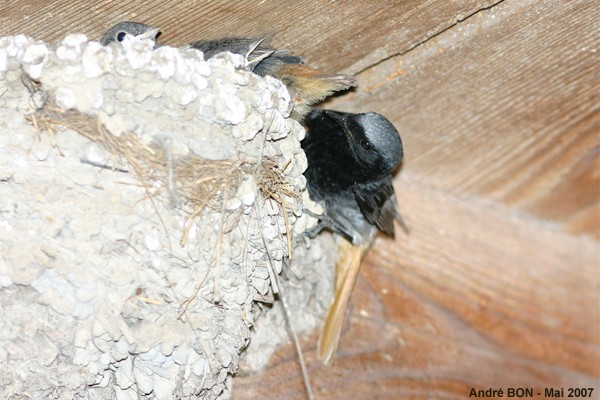
|
The Black Redstarts' nest is ,in fact, a reused Barn Swallows' nest. |
| [To know more about the Black Redstart] [Previous picture] [Top] |

|
I easily observe Black Redstarts but to date I have not yet photographed their cousin, the Common Redstart (Phoenicurus phoenicurus), while I have read that population is slightly increasing. |